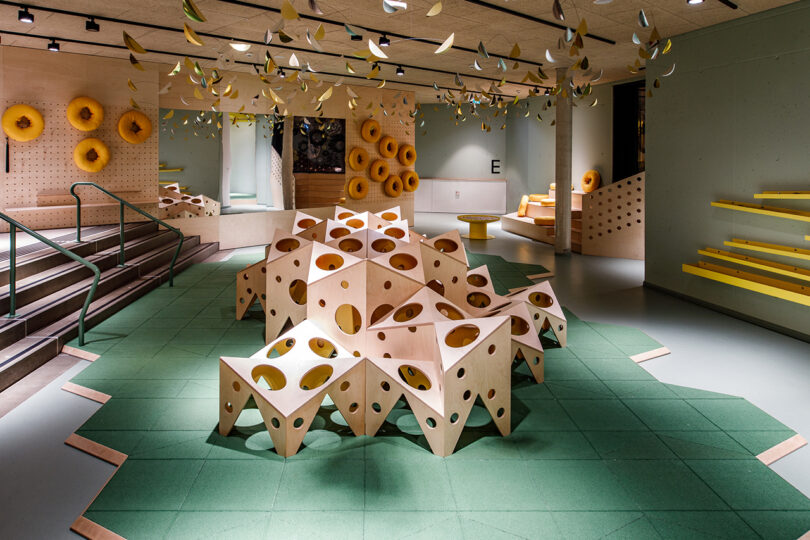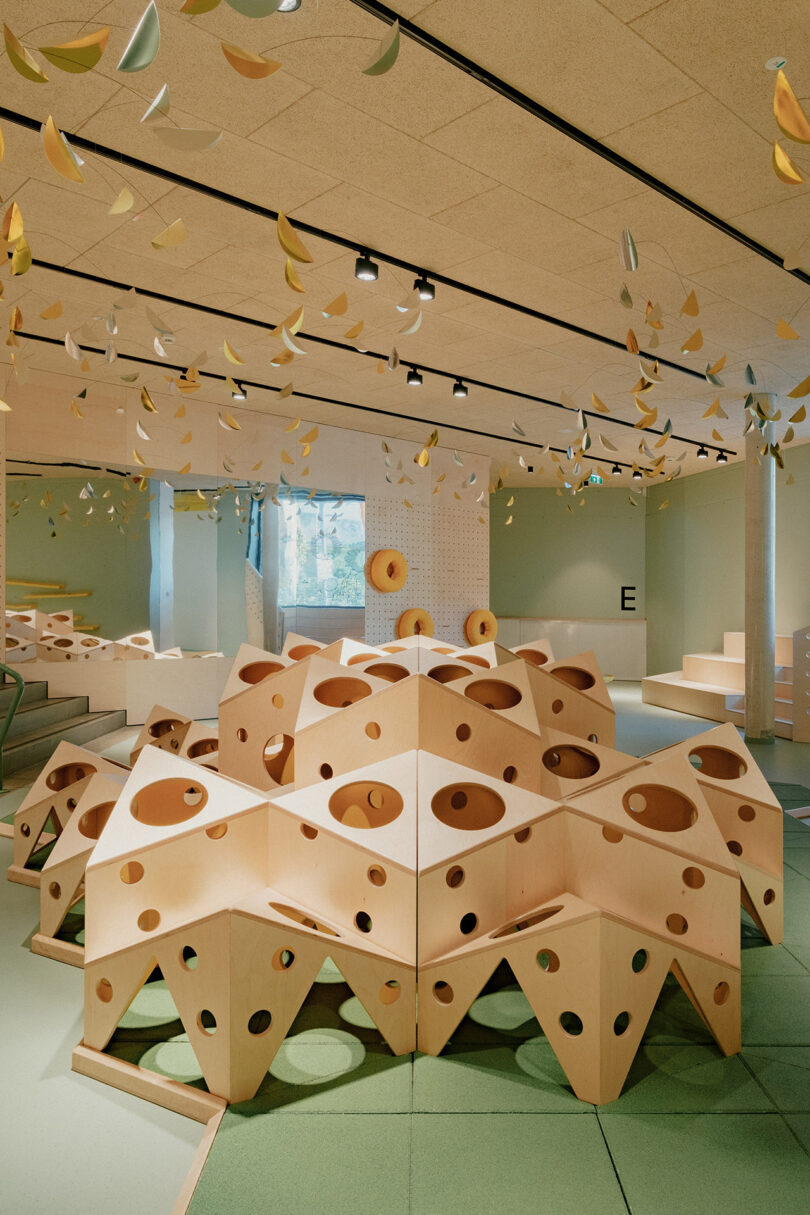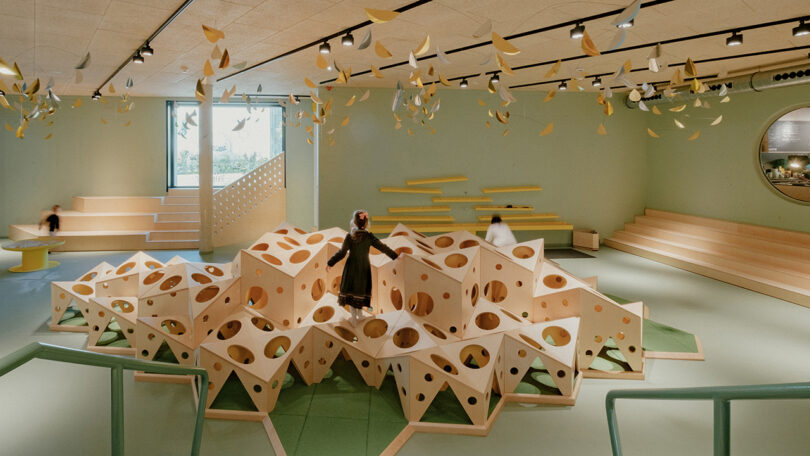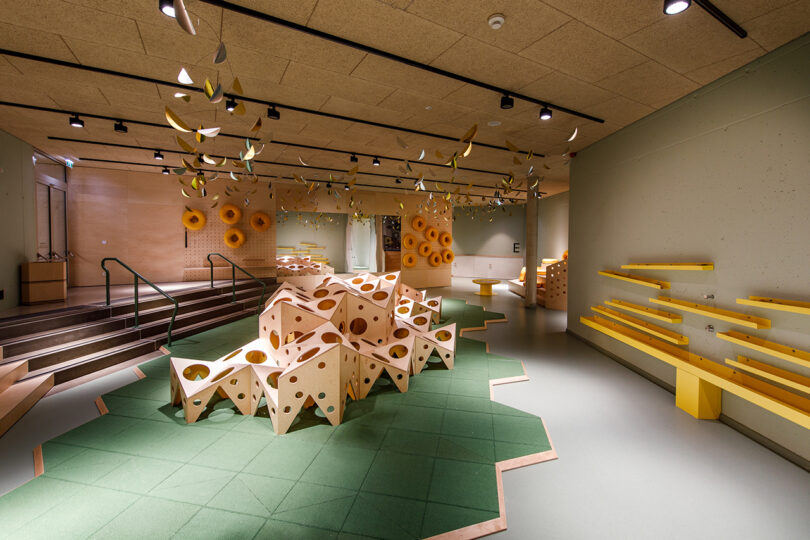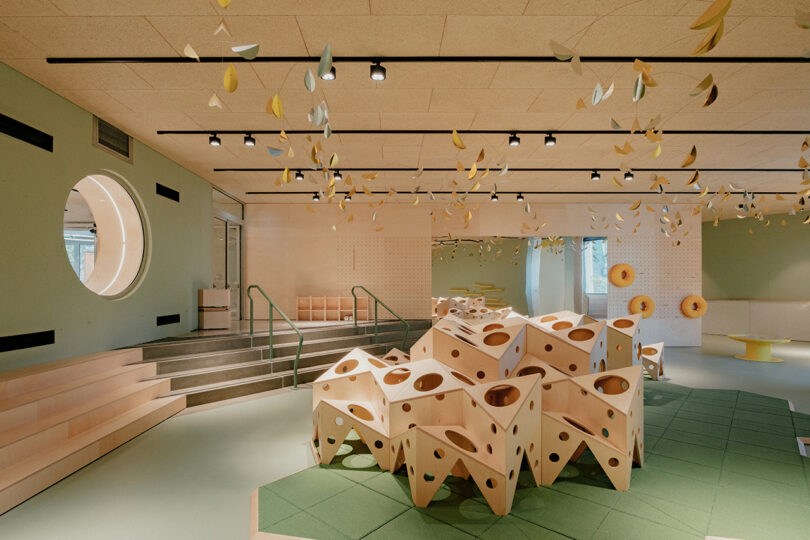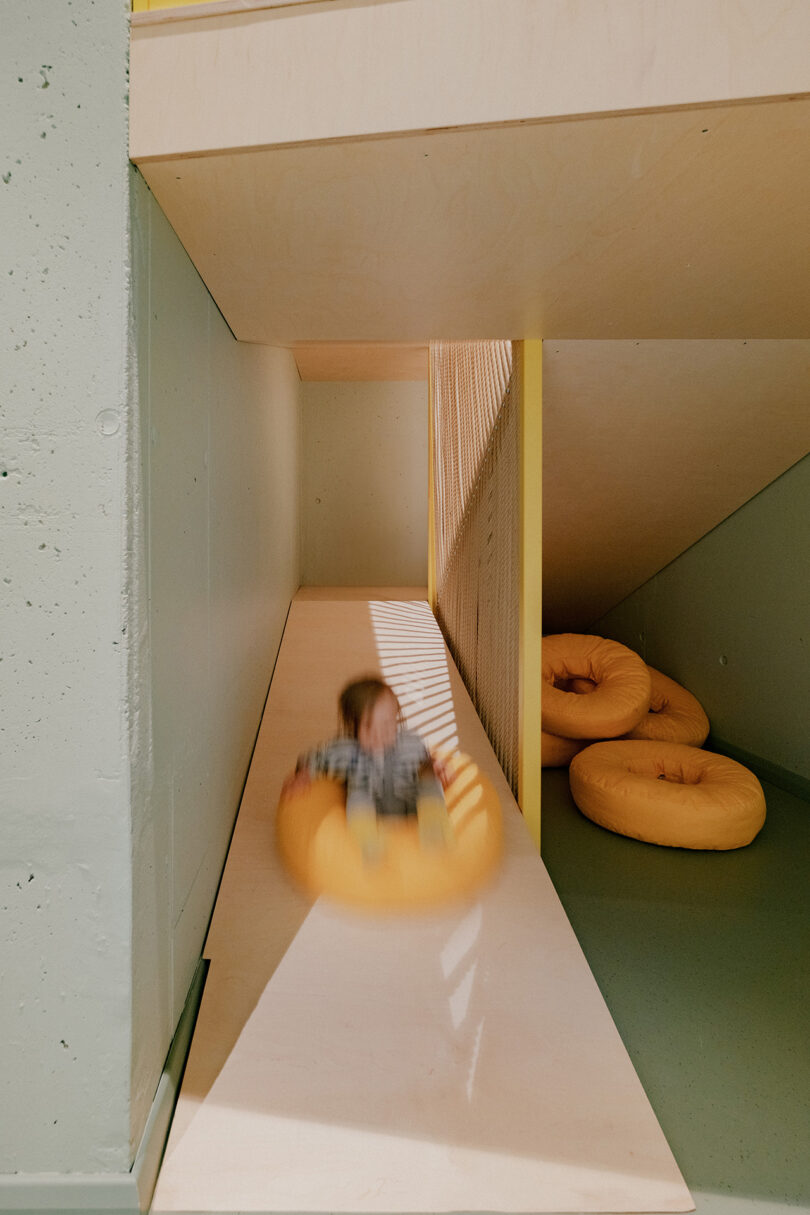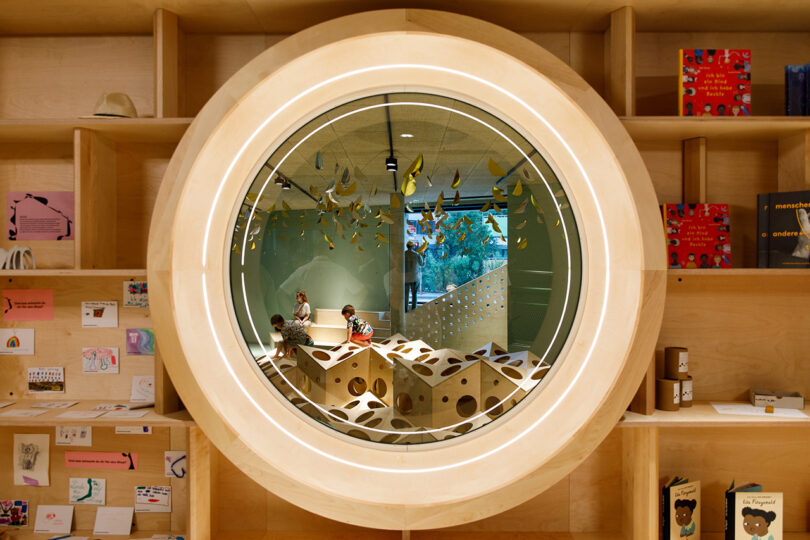
In October of 2023, Marc Andreessen, founder of the Silicon Valley venture capital firm Andreessen Horowitz (a16z), published the “The Techno-Optimist Manifesto,” arguing that human ingenuity has been stagnated and demoralized by regulation, and that the only viable path forward for society is the accelerated development and adoption of new technologies, and specifically artificial intelligence.
Andreessen was only formalizing and articulating a position that had already gained traction among tech company executives and Twitter shitposters like @BasedBeffJezos (Andreessen crowned him a “patron saint” of techno-optimism), who adopted the label of effective accelerationists, or e/acc.
As the 2024 presidential election got closer, Andreessen, Elon Musk, other tech CEOs, and less consequential shitposters saw a natural alliance between their cause and Donald Trump’s campaign. Trump wanted to slash and burn government regulation in all forms, but also specifically in a way that would unleash tech and AI’s true potential. Joe Biden and the Democratic party, the party of big government, Lina Khan’s antimonopolist FTC, welfare, and fear of climate change, were luddites. They demanded that tech platforms limit speech they perceived to be harmful. They wanted AI regulated so it could limit real and theoretical harm in the future, including science fiction nightmares about artificial general intelligence. They were worried about the environmental and energy costs of mining cryptocurrency and massive datacenters for training frontier AI models. They were referred to as decelerationists (decels) and degrowthers, a derogatory umbrella term that covers everything from the ambition to actually reduce the number of humans of the planet in order to make it more sustainable (a future most vividly imagined in Kim Stanley Robinson’s novel The Ministry for the Future) to any form of regulation on AI. Andreesen is so passionate about this position in his manifesto that he says that this type of regulation is “a form or murder” because it could stop the development of life saving technologies, and makes a list “enemies” of AI, which includes supporters of “sustainability,” “social responsibility,” and “trust and safety,” the latter of which refers to the people at tech companies who try to keep platforms safe for users.
The good news for Andreessen and the accelerationists is that they backed Trump and he won. Andreessen is advising the administration. Venture Capitalist David Sacks is the White House AI and crypto “czar.” Musk and his posse of young engineers from his companies are doing the slashing and burning themselves. The regulation on AI and everything else they didn’t like is in the process of being removed, and the administration is working on tax cuts that will benefit them all.
The bad news for these people is that Trump is also the Decel-in-Chief. The most painfully obvious evidence for this is Trump’s cataclysmic tariffs this week, which sent the stock market tumbling, and will be particularly damaging to giant tech companies. The problem here is not just "uncertainty in the markets.” As Jason wrote yesterday, the tariffs are aggressive, wide ranging, and very painful for tech companies that rely on complex global supply chains. It seems that the Trump administration tried to at least temporarily throw the tech industry a bone here by exempting semiconductors from these tariffs, but as the Wall Street Journal explains, this is a fantasy:
“[M]ost chip imports are indirect. Chips typically are made overseas, packaged up there and inserted into electronics shipped across the globe—including to the U.S., where they will be subject to tariffs as high as 49%. Even many U.S.-made chips are sent to Taiwan, China or Southeast Asia for final assembly before being re-exported to end customers.”
Unless Trump folds, the tariffs will make the price of everything go up. Unemployment will go up. People will buy less stuff, and companies will spend less money on advertising that powers tech platforms. The tech industry, which has thrived on the cheap labor, cheap parts, cheap manufacturing, and supply chains enabled by free and cheap international trade, will now have artificial costs and bureaucracy tacked onto all of this. The market knows this, which is why tech stocks are eating shit.
Meanwhile, there is deafening silence from Musk, Andresseen, and the usual e/acc shitposters, who spent the last three months doing victory laps for Trump’s win, owning the libs, and posting AI-generated images of the glass tower cities and Mars space colonies that will be built under Trump’s admin and unrestrained technological progress.
We'd be quiet too if we were them because it’s such a humiliating self own. Maybe, like many other pundits, they thought that Trump was just bluffing about tariffs. Maybe they thought they could push him in a direction that was purely beneficial to their industry. He might still back down. But at least for now, what the accelerationists did here by backing Trump is not just accidentally shoot themselves in the foot, but methodically blow off each of their toes with a .50 caliber sniper rifle.
Even on a long enough timeline, there is no world in which the techno-optimist utopia comes to be in the United States under protectionist, isolationist policies. The Trump administration has also set to work dismantling the academic, scientific, research, and immigration infrastructures that have allowed business and innovation to thrive in the US, and the soft-power structures that have made it easy for tech companies to enter and dominate markets all over the world. Even if Americans believed and wanted to go back in time to a post WWII or turn of the century US economy, which has always been the backwards looking, regressive mantra of the MAGA movement, it is inherently incompatible with progress and the future because the future is not about cranking out Sherman tanks and gas powered Buicks. The techno-optimist utopia relies on the complex supply chains Trump threw into chaos this week, where different manufacturing and fabrication hubs with highly specialized expertise feed into a mutually beneficial system of free markets in order to make iPhones, semiconductors, lithium batteries, and so on. Trump has also thrown chaos into America’s software and service businesses, which require a neverending supply of new markets and new people to sell to in the name of chasing growth, scale, and new users; growing something like Facebook or OpenAI with the scale the stock market wants to see requires signing up users by the countryload; that’s far easier to do in a regulatory environment where you’re a willing partner with those countries, not creating trade wars and isolationist bureaucracies.
As Peter Thiel loves to say, venture capitalists can invest in either bits or atoms, meaning digital products, or actual physical things. Trump is currently fucking Silicon Valley on both ends.
Making things will be much harder even if we adopt the fantasy that a lot of manufacturing jobs can be reclaimed from countries like China, India, and Vietnam, because we simply don’t have the atoms we need in the United States. America has used countries around the world both for their raw materials but also for their cheap labor; the “trade deficits” that Trump speaks of are largely due to American companies setting up factories in places with cheap labor and extracting value from those countries to sell products to Americans. It’s Nike, Apple, Microsoft, Nvidia, and other American conglomerates that benefit most from global trade, not the factory workers making a few dollars a day. Moving this infrastructure to the United States is not advisable or feasible because lots of the jobs American companies have outsourced to China have already been outsourced from there to poorer countries like Vietnam, Cambodia, and India because many Chinese people have realized they don’t want to do this type of work. And many of those jobs are being automated by robots. Those jobs aren’t coming back to the United States, and we shouldn’t want them to, anyway. Meanwhile, the United States has exactly one rare Earth mineral mine in the entire country, which itself only became active after years of mishaps, regulatory mess, a bankruptcy, and a period of Chinese ownership.
And we’re not going to make the bits as well either because Trump is aggressively instigating a brain drain we’ve never seen in the US before. It’s harder for the best talent in the world to immigrate here, and how long will they even want to when ICE can disappear them off the street without reason. Researchers and scientists born in the US are getting their funding pulled because it’s woke, so they’re looking to move to other countries. Musk and Doge are “deleting” the very agencies and programs that breathed life into the semiconductor industry, electric cars, the internet, etc. We just don’t see how accelerationist dreams about biotech and human longevity can come to pass without the research the administration is actively trying to kill.
This is not an endorsement of Andressen’s techno-optimist vision for the future. It’s certainly not an endorsement of what Trump is doing now, though We share the glee in seeing Tesla’s stock tank. Again, it is possible that Trump will fold as he has in the past, but as things stand today, America’s vision for the future has never been more dim and decelerated, and that includes the fantasies of the most powerful people in Silicon Valley.














